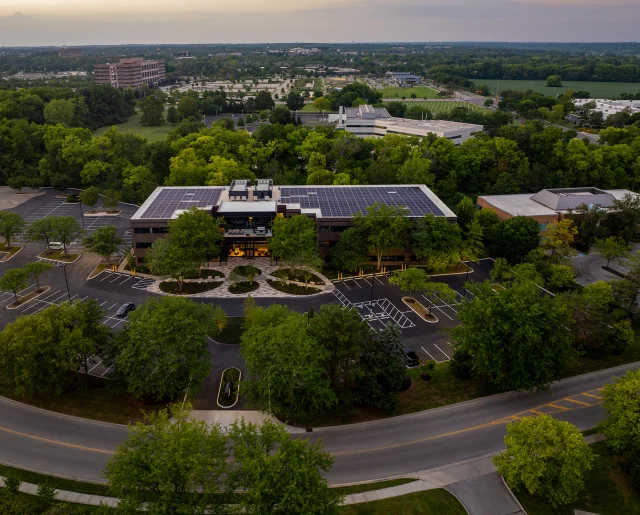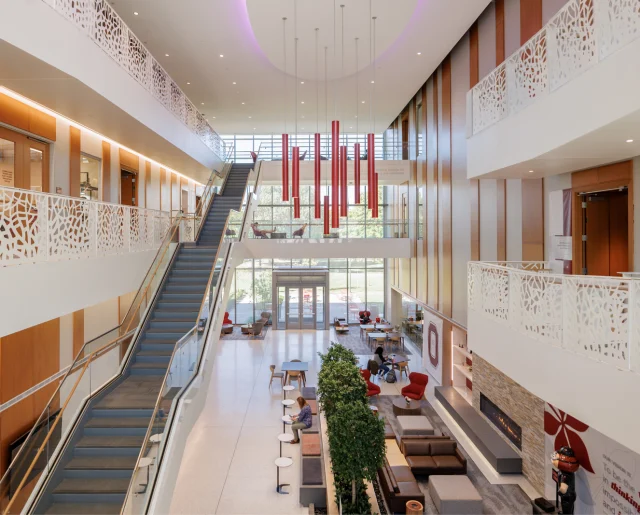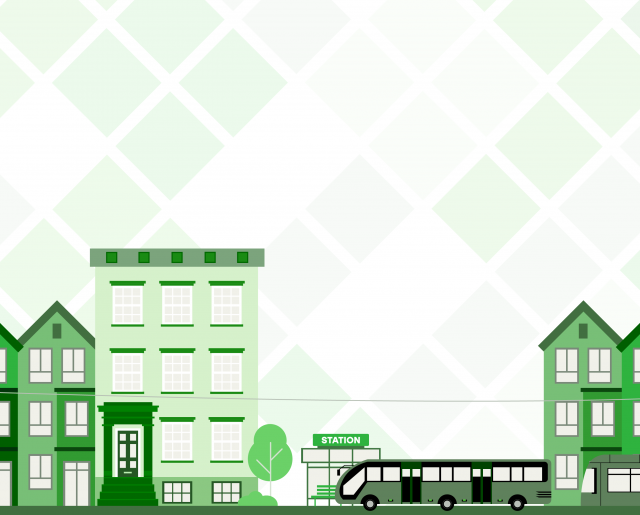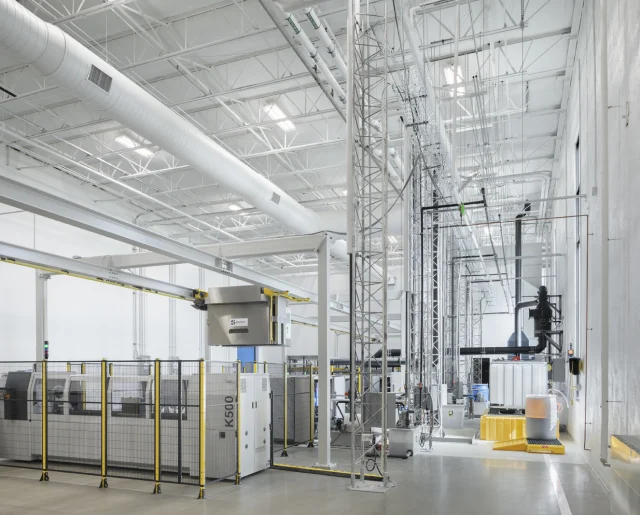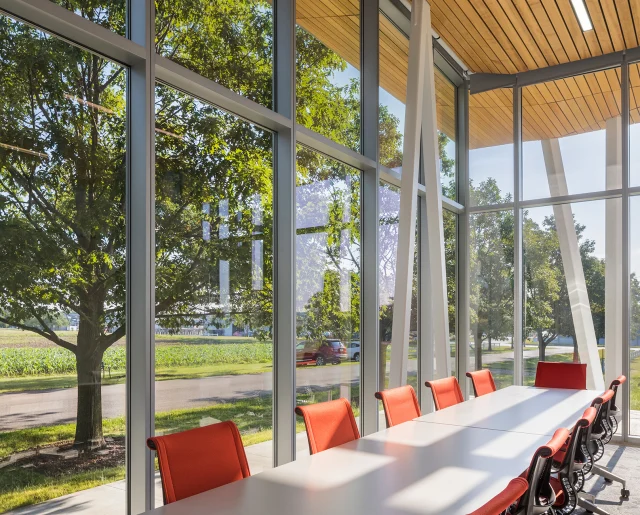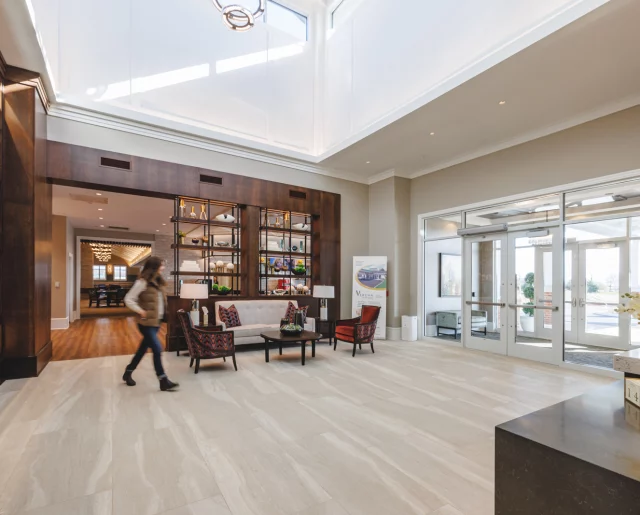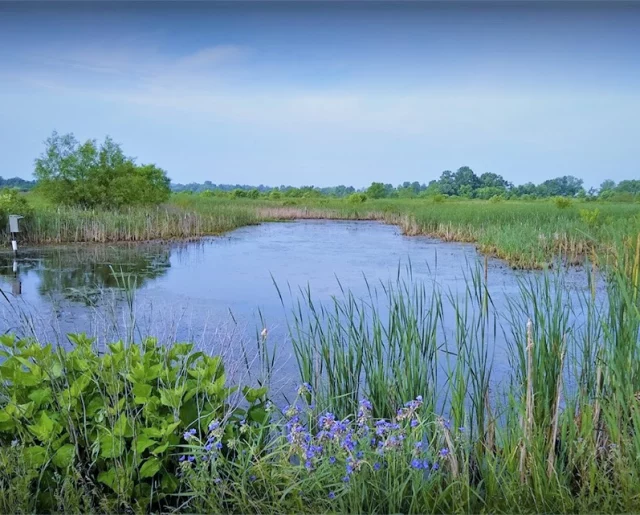The 6 Things You Have to Know About Carbon’s Place in 2025
More and more in the building industry, we are hearing concerns and conversations around carbon. Whether it’s carbon neutral, carbon positive, embodied carbon, carbon offsets, or carbon footprint – it seems like the list is never ending. What does it all mean, and what can you do to make an impact?
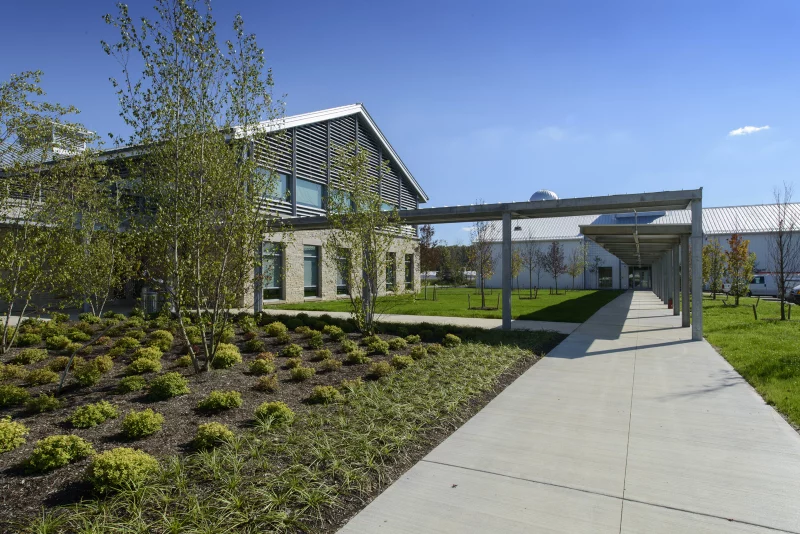
Over the past few years, the sustainable design industry is shifting to regenerative design. Regenerative design goes beyond “green design” as we know it, and enters into the realm of literally regenerating the environment, ecosystems, economy, and communities around us. It means giving back more than you take. This leads to conversations about “doing good, instead of doing less bad” – which is often the critique of some green building certifications that focus mostly on doing less bad.
Carbon is also a hot topic in the media right now. For example, in 2021, Amazon announced a “Climate Pledge”, which endeavors to take the company to carbon neutral by 2040. Meanwhile, Microsoft is going carbon negative by 2030. These are just two examples of many companies worldwide making pledges to achieve carbon milestones for their businesses.
While this transition to talking about carbon has been happening over the course of a few years, we are still very much at the beginning of seeing carbon concepts in the media, our buildings, and our lives.
All of the carbon terms can mean different things depending on who you ask, and they can get confusing. So let’s tackle each – one at a time.
Carbon Footprint
As defined by the Nature Conservancy, “it is the total amount of greenhouse gasses (including carbon dioxide and methane) that are generated by our actions”. In the United States, it is estimated that the average American has a carbon footprint of 16 tons, while the rest of the world is at 4 tons. The goal to reverse climate impacts is to get to 2 tons by 2050. Individuals, businesses, and governments all have a carbon footprint.
What are some ways that we can reduce our individual carbon footprints? We can reduce the amount of solo trips we take, and instead opt for public transportation, carpooling, biking, or walking. Often transportation is the biggest chunk of an individual’s carbon footprint. If the opportunity arises as you upgrade your vehicle over the next few years, opt for hybrid or electric models that can dramatically reduce the amount of carbon emissions you are contributing to the environment.
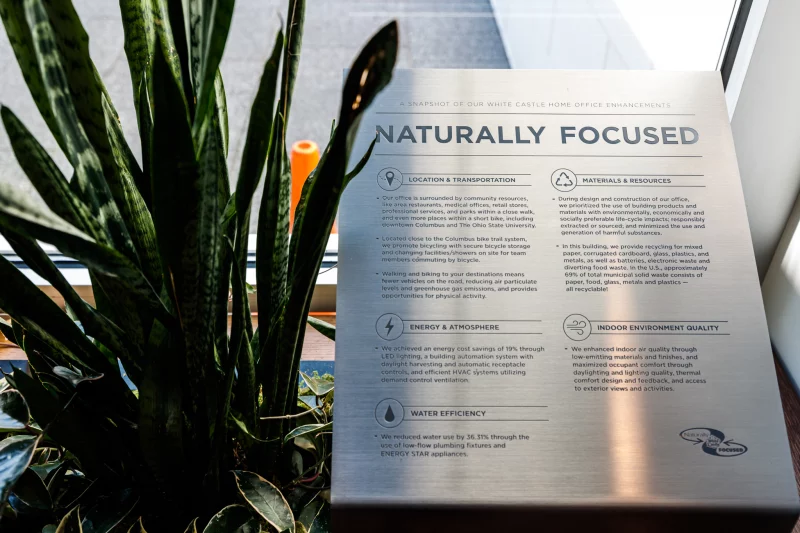
Embodied Carbon
According to the American Institute of Architects: California, “Embodied carbon is the sum of all the greenhouse gas emissions (mostly carbon dioxide) resulting from the mining, harvesting, processing, manufacturing, transportation and installation of building materials. The global warming emissions associated with these materials, along with emissions associated with construction itself, are the “embodied carbon footprint” of design and construction”.
Embodied carbon comes down to the materials and processes we use every day, and in construction. By carefully considering the amount of energy it takes to harvest, manufacture, and distribute any given material or product – we can start to reduce the embodied carbon that exists in our lives and in our buildings.
Carbon Neutral (or Net Zero Carbon)
Carbon neutral, or net-zero carbon, is the balance between emitting carbon dioxide into the environment, and subsequently absorbing carbon from the environment to the point that these components even out.
To get to carbon neutral, we must first reduce the amount of emissions we are producing. By reducing the amount of carbon generated, we have a smaller amount that we need to remove, or sequester, from the atmosphere. Carbon neutrality is all about the balance of emissions and sequestering – typically over the course of a year.
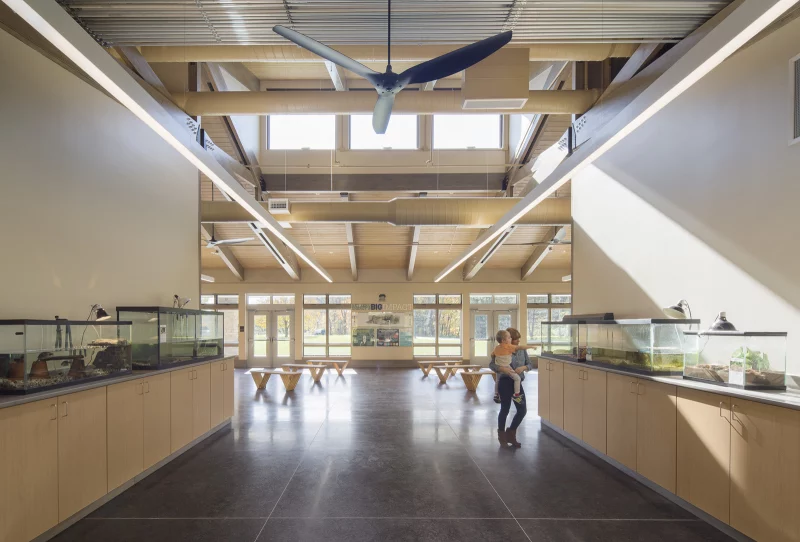
Sequestering Carbon
This is the process of removing, capturing, and storing carbon dioxide from the atmosphere8. Nature does this naturally in many ways already – oceans, soils, and plants absorb carbon dioxide to function. This involves planting trees, conserving existing forests and other natural resources in perpetuity, and
Carbon Negative (AKA carbon positive, climate negative, climate positive)
To be carbon negative, one has to remove or offset more carbon from the environment than is produced. One will also see carbon negative called carbon positive, climate negative, and climate positive. They all mean the same thing – to remove more carbon from the atmosphere than is produced by going beyond carbon neutral status.
In order to go carbon negative, we have to turn that balance into a “negative or positive” depending on how you want to look at it. We need to sequester more carbon than we emit – this really helps to “Correct” emissions from previous years.
Carbon Offsets
When talking about carbon in the environment, and in architecture, the topic of carbon offsets comes up frequently. Offsets are options to counteract your emissions, or carbon footprint. This can take various forms, from planting trees to donating money to a land trust, renewable energy generation, or other programs that focus on decarbonizing processes and systems.

As previously mentioned, efforts should be made to first reduce the amount of carbon dioxide we are emitting. Then, we can focus on how we are going to sequester that carbon. Reforestation, preservation and conservation remain the preferred first step in accomplishing sequestering. Sometimes, if a complete balance can’t be accomplished, for whatever reason, carbon offsets can help carry projects, companies, and governments over the threshold they are seeking.
As we look ahead to the next few years, and what the hot topics are going to be between now and then, carbon is definitely a big one. If you’re interested in knowing your own personal carbon footprint, there are many great calculators out there. This can help you know your own personal baseline, which can help guide you on areas to improve. We all have room to improve, and it takes all of us. You don’t have to be perfect. It takes all of us making an imperfect effort to make a difference in the world!
Resources:
- https://www.cnbc.com/2021/06/30/amazon-says-carbon-emissions-rose-19percent-in-2020.html
- https://blogs.microsoft.com/blog/2020/01/16/microsoft-will-be-carbon-negative-by-2030/
- https://www.nature.org/en-us/get-involved/how-to-help/carbon-footprint-calculator/#:~:text=A%20carbon%20footprint%20is%20the,are%20generated%20by%20our%20actions.&text=To%20have%20the%20best%20chance,under%202%20tons%20by%202050.
- https://aiacalifornia.org/embodied-carbon-definitions-and-facts/
- https://www.europarl.europa.eu/news/en/headlines/society/20190926STO62270/what-is-carbon-neutrality-and-how-can-it-be-achieved-by-2050
- https://www.fastcompany.com/40583176/climate-positive-carbon-neutral-carbon-negative-what-do-they-mean
- https://www.nature.org/en-us/what-we-do/our-insights/perspectives/carbon-offsets-markets-illustrated/
- https://clear.ucdavis.edu/explainers/what-carbon-sequestration
